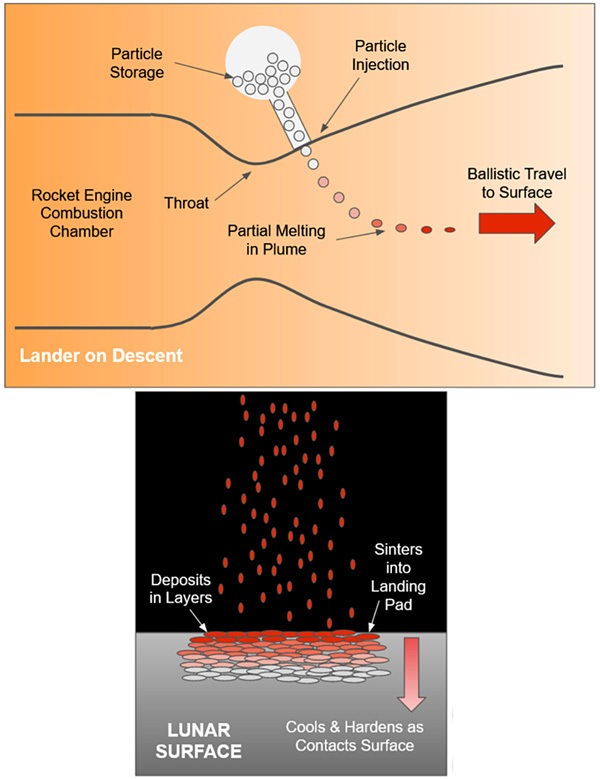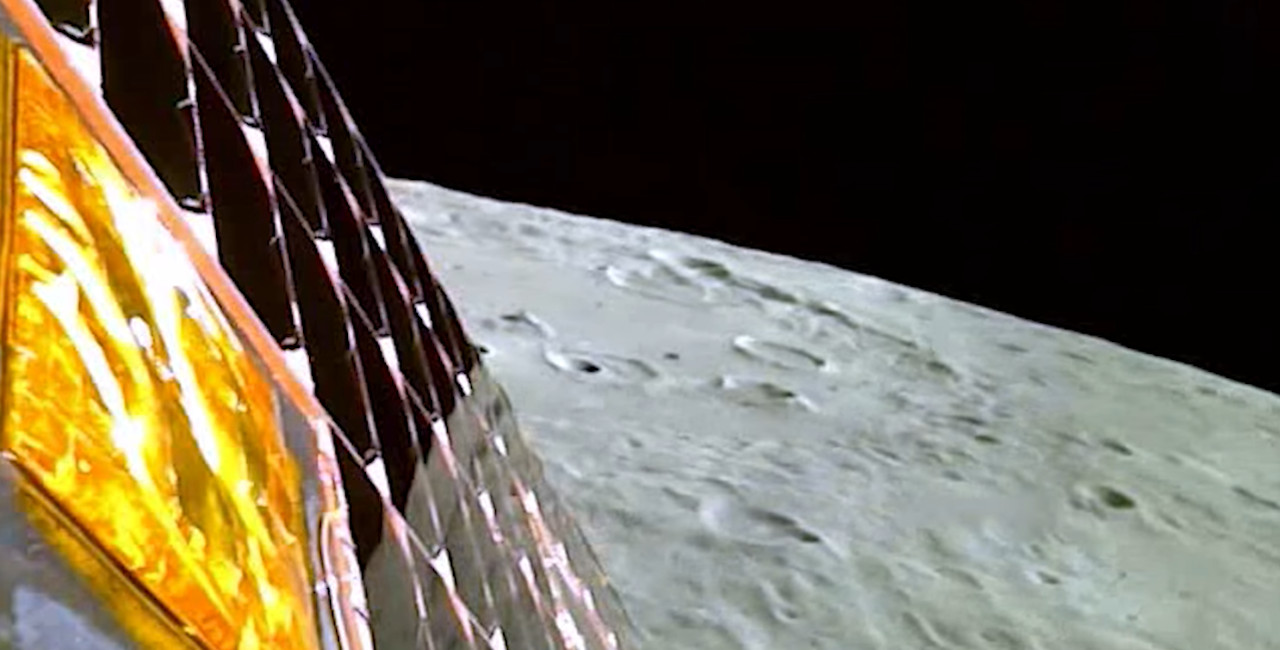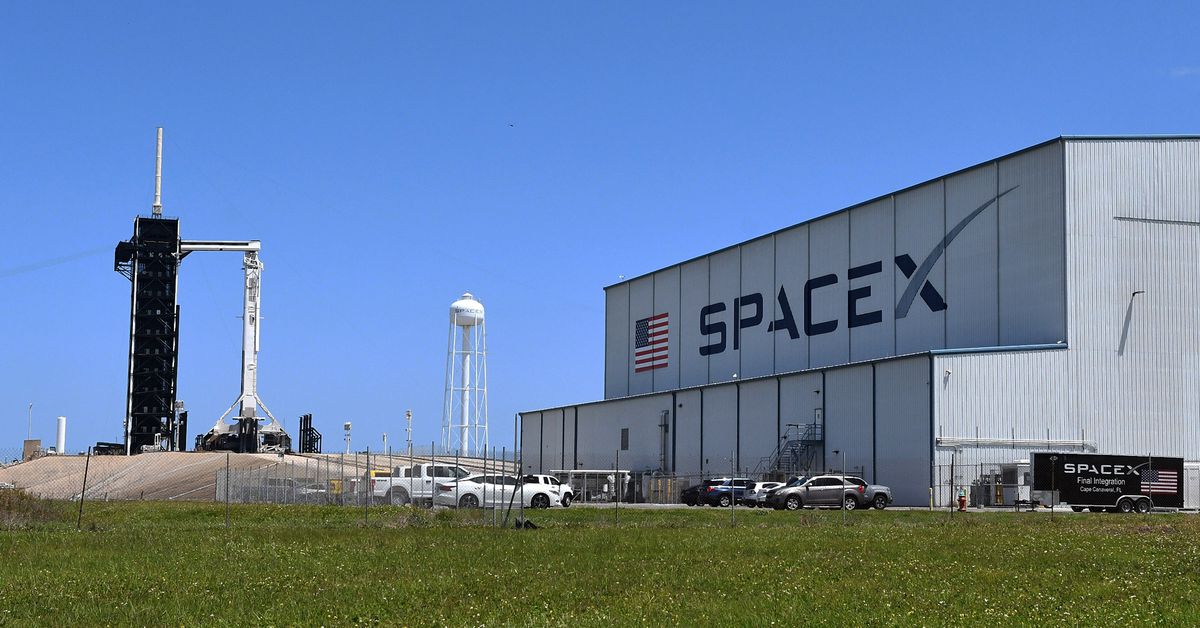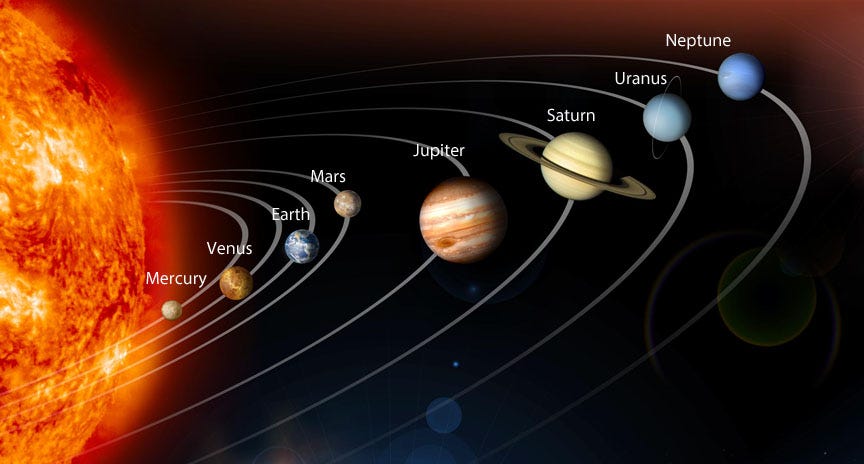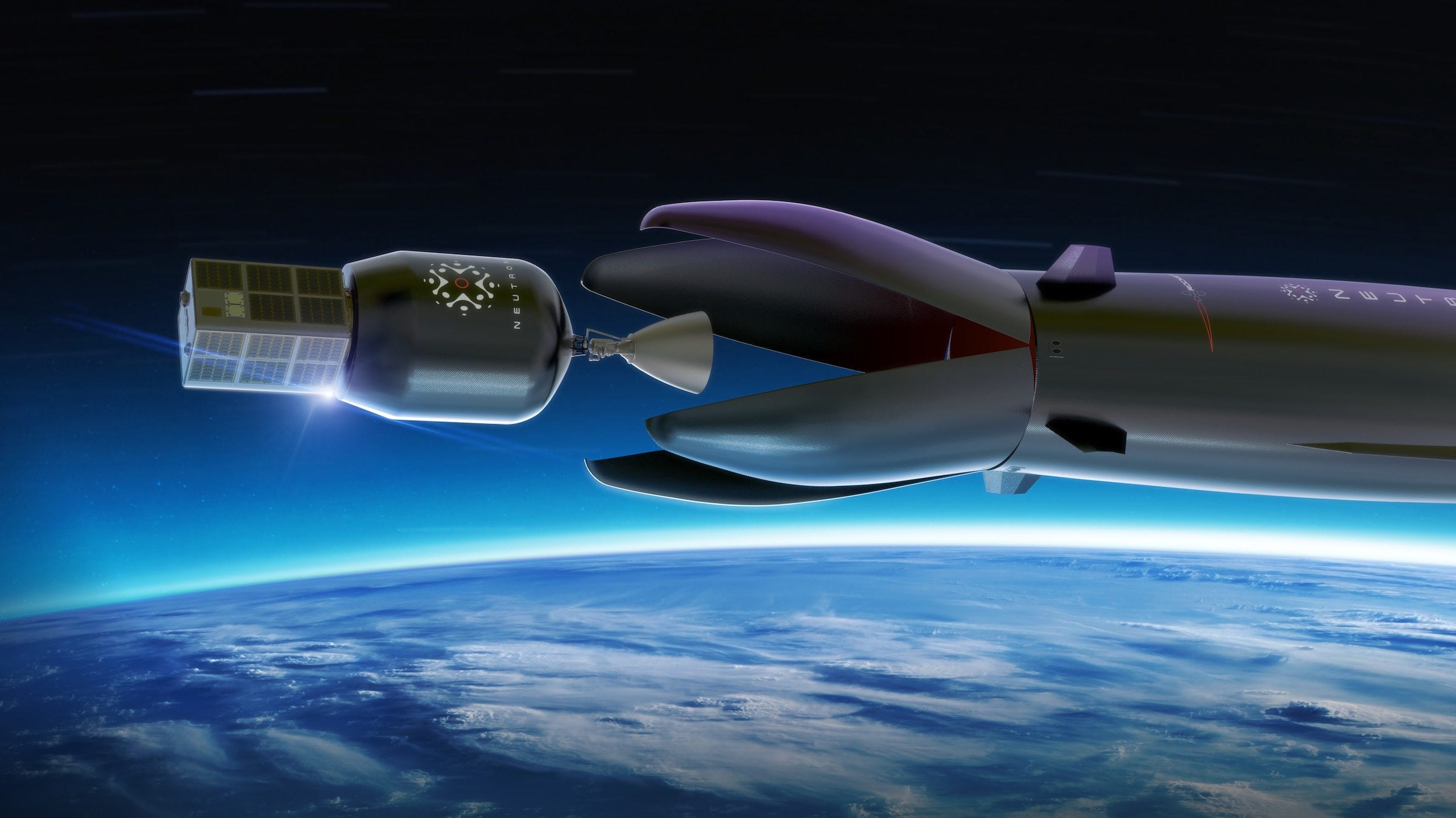Grazing Fresnel Delayer
On ToughSF Discord, discussion of long range hard X-ray FELs has made me realize there is an efficient way to focus using grazing incidence mirrors.
The problem with directly using a paraboloid focusing mirror directly is that the entire mirror must be extremely rigid - within a fourth of a wavelength across its entire surface. This is difficult or maybe impossible for very large mirrors.
Robert L. Forward described a fresnel lens system suitable for optical lasers, that did not need to be rigid. The fresnel lens produces slight delays in phase but the precise alignment of the lens to the incoming beam is not important.
Luke Campbell and I adapted this basic principle to hard X-rays with a zone plate, but a sinusoidal zone plate only focuses up to half the beam energy onto the target. A binary zone plate only focuses up to 25% of the beam energy onto the target.
My new idea, a Grazing Fresnel Delayer, combines the efficiency of grazing incidence mirrors with the some of the reduced rigidity requirements of a fresnel lens. The main restriction is that total external reflection needs the X-rays tuned for K-edge of the mirror coating (maybe lead or uranium).
Grazing Fresnel Delayer
The basic delay principle is to use reflection between two parallel slats. The ray bounces twice, leaving at practically the same angle as incoming. However, this introduces a phase delay according to the extra distance traveled during the detour. The induced delay relies upon good local rigidity between the two parallel slats, but not rigidity across the entire aperture.
So, the Grazing Fresnel Delayer looks like two sets of Venetian blinds, perpendicular to each other. The slats are parallel, but each slat is SLIGHTLY thicker on either the leading or trailing edge, to slightly increase the phase delay closer to the center. An incoming ray bounces a total of four times to focus in both the X and Y directions.
This system allows for very large apertures, thanks to the relaxed rigidity requirements, while also focusing most of the beam energy onto the target spot. It also retains the zone plate advantage of extreme pointing accuracy.
#gizmo #SpaceExploration #XRays
